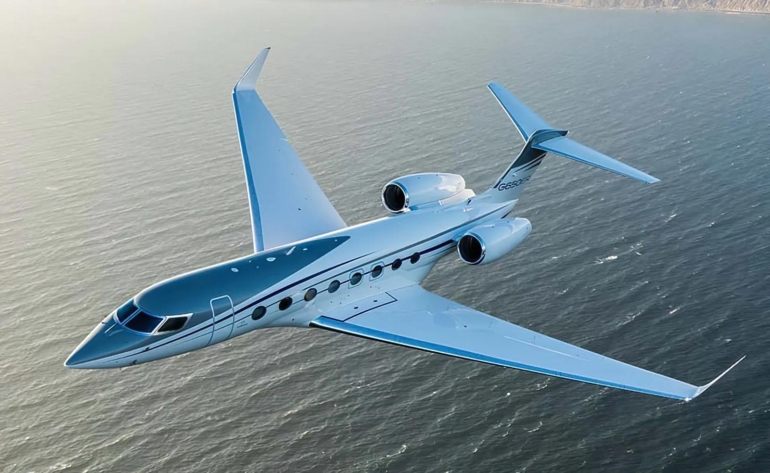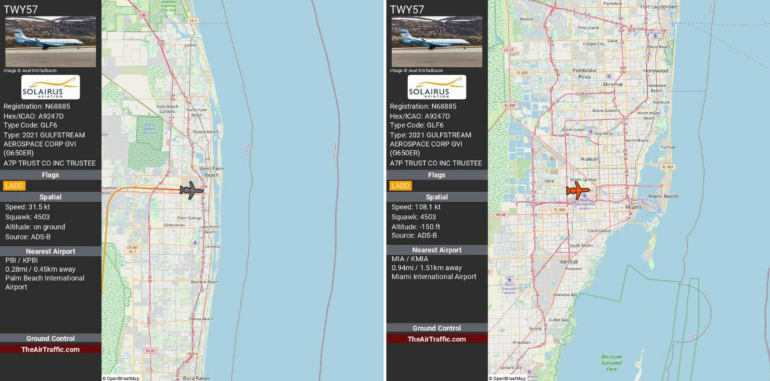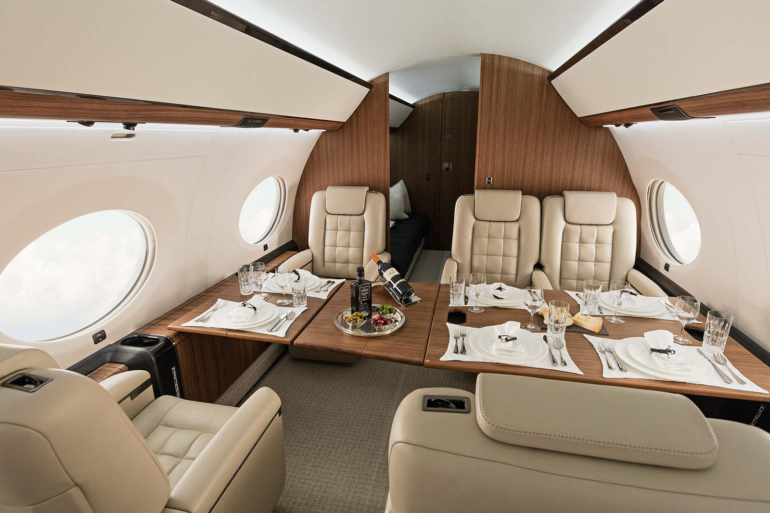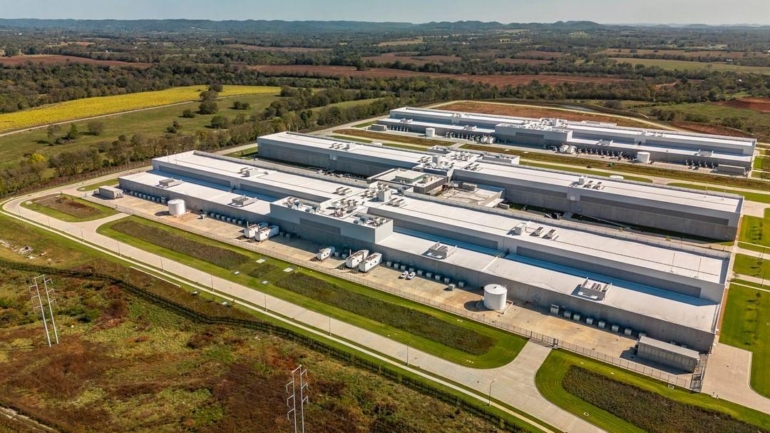There’s nothing a good meal cannot mend, be it disagreements, differing perspectives, or even shaping the future. The world’s fourth-richest man, Mark Zuckerberg, seems to agree as he boarded his private jet for a dinner date with America’s future leader. After years of strained ties, the Meta boss, worth $196 billion, shared a fine dining experience with the president-elect at the picturesque Mar-a-Lago estate on Wednesday. Steering clear of the politics, what truly caught our attention was the 40-year-old tech mogul once again hopping onto his Gulfstream G650ER to attend this high-profile meeting.

The Gulfstream G650ER, which costs around $65 million, has an impressive range of 7,500 miles. To make the most of this meeting, Zuckerberg took off from Lihue in his G650, rushed to Miami on a 7-hour flight, and then took an 18-minute flight from Miami International Airport to Palm Beach International Airport.

The 18-minute flight, which spewed 2 tons of CO2, could have been an hour-long drive from Miami International Airport to the Mar-a-Lago resort. But when centibillionaires are involved, time is of the essence. Instead of driving from one place to another, he simply hopped on his private jet, did his business and then flew back to Hawaii.

Private jets are notoriously inefficient when it comes to carbon emissions. Each hour of flight in the G650ER releases roughly 7.7 tons of CO2, and the 18-minute flight to Mar-a-Lago emitted 2 tons alone. To put it in perspective, that’s the same amount of CO2 as the average passenger car would emit over 4,000 miles. It is becoming something of a habit, as only last week, the $68 million private jet made multiple trips between California and Hawaii, burning a whopping 7,254 gallons of jet fuel and releasing 70 tons of CO2.

A single flight between California and Hawaii is not unusual for Zuckerberg, who is known for his frequent private jet travel. But these emissions raise questions, especially given the growing global conversation around sustainability. The meeting at Mar-a-lago resort cost the environment 43 tons (41 tons for the long flight and 2 tons for the shorter flight) of CO2 emissions.

While Zuckerberg champions sustainability efforts at Meta, including the goal of reaching net-zero emissions by 2030, his personal travel habits present a contrast to those ideals.

Zuckerberg’s carbon footprint during these trips is considerable, and it raises broader questions about the environmental responsibility of the tech elite. We just hope the same gusto is shown in addressing the global climate crisis.

